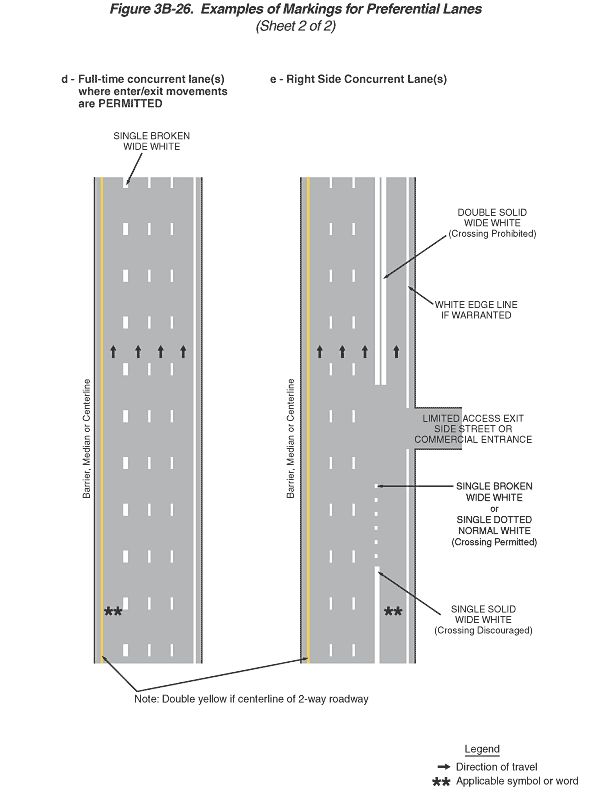
Figure 3B-26. Examples of Markings for Preferential Lanes (Sheet 2 of 2)
- Sheet 2 of the figure shows examples (d) and (e):
- Example (d) shows concurrent lane(s) where enter/exit movements are permitted. One preferential lane is shown as the leftmost lane of a total of four lanes on the roadway. A double asterisk denoting an applicable symbol or word is shown in the center of this lane. It is separated from the adjacent non-preferential lane by a single broken wide white line. The solid yellow line on the left edge of the roadway is noted as "Double yellow if centerline of 2-way roadway."
- Example (e) shows right-side concurrent lane(s). One preferential lane is shown as the rightmost lane of a total of four lanes on the roadway. A double asterisk denoting an applicable symbol or word is shown in the center of this lane. It is separated from the adjacent non-preferential lane by three types of white line. At the bottom of the example, a single solid wide white line is shown as denoting that crossing is discouraged. Farther along, a single broken wide white or single dotted normal white line is shown as denoting that crossing is permitted. This line is in advance of an intersection with a right-angle street to the right that is labeled as a limited access exit side street or commercial entrance. Through the intersection, no line is shown separating the rightmost lane from the adjacent lane. Beyond this intersection, a double solid wide white line is shown denoting that crossing is prohibited. In this example (e) only, the solid white line on the right edge of the roadway is labeled as "White Edge Line if Warranted." The solid yellow line on the left edge of the roadway is noted as "Double yellow if centerline of 2-way roadway."
Back to: Sheet 1
